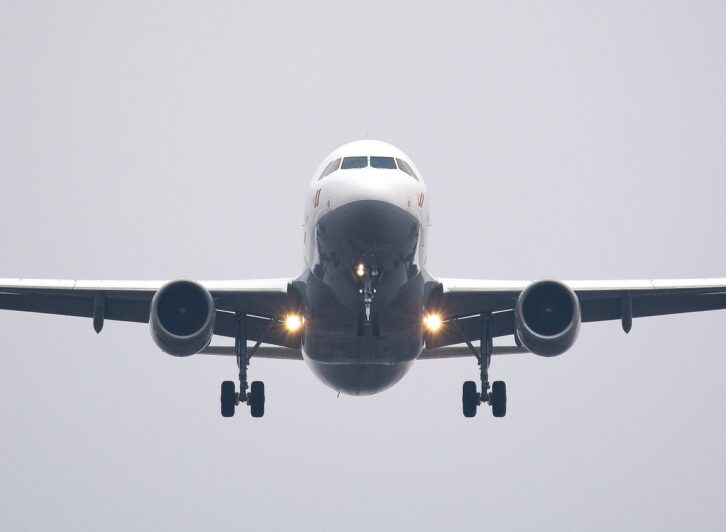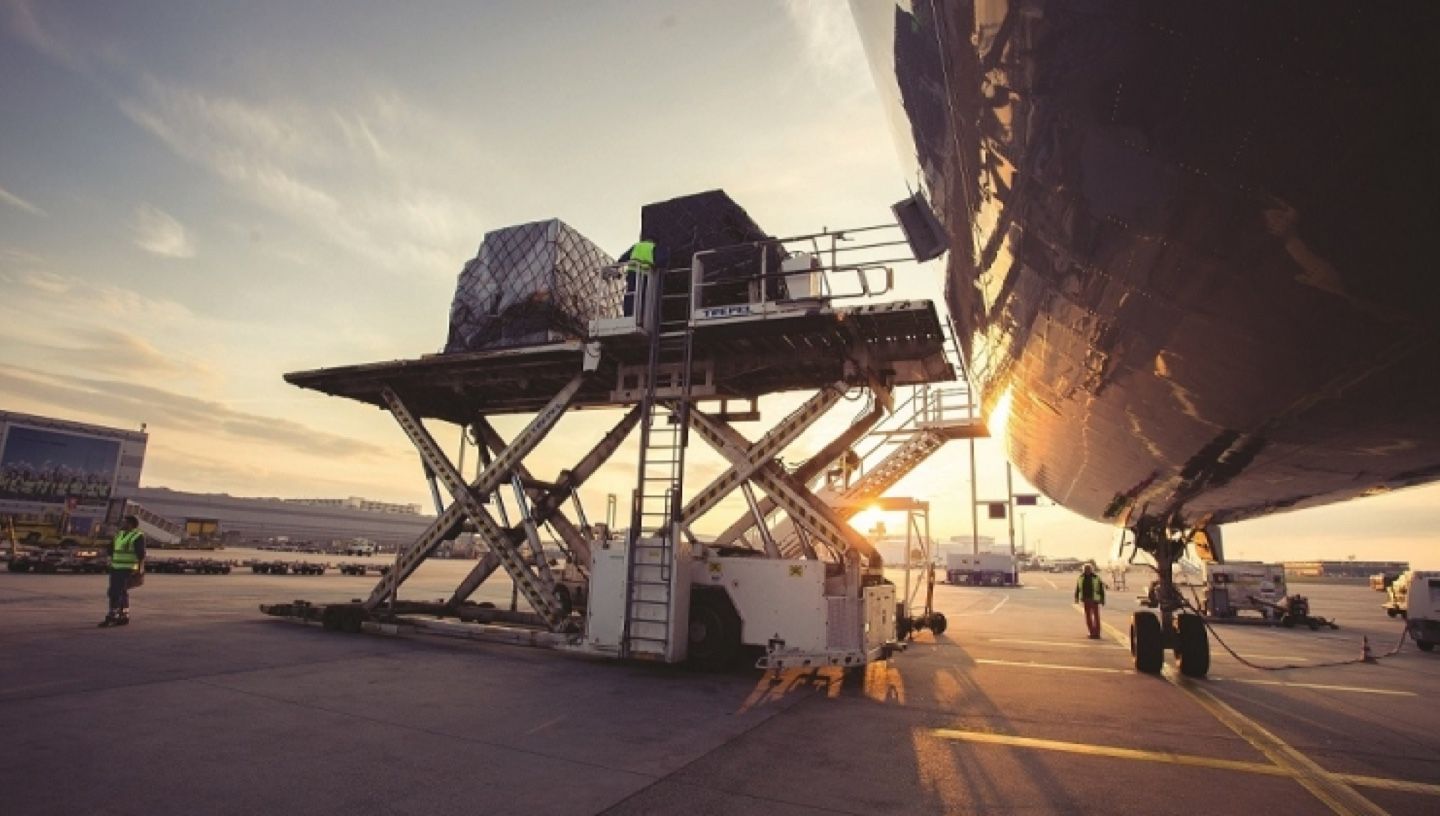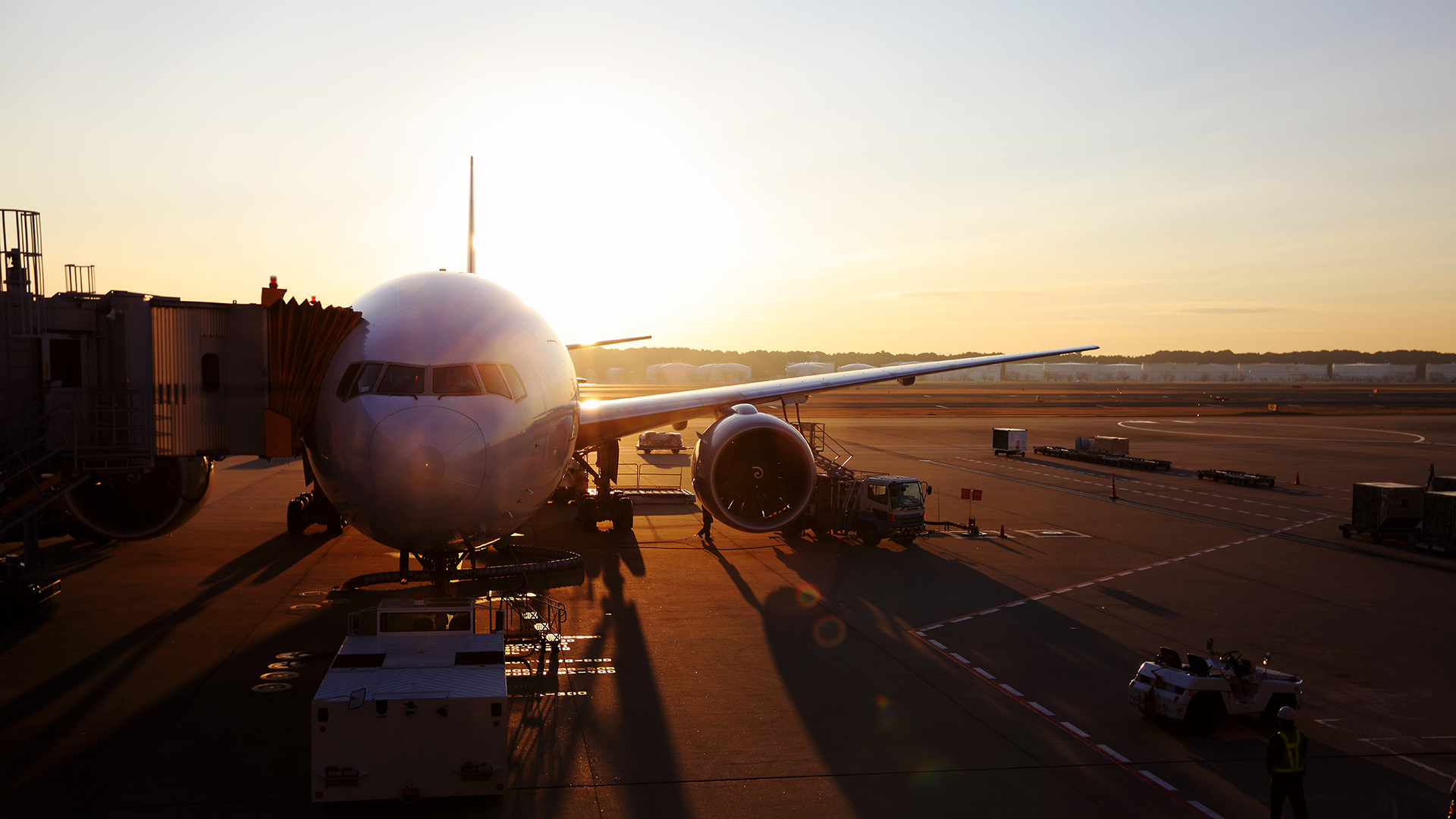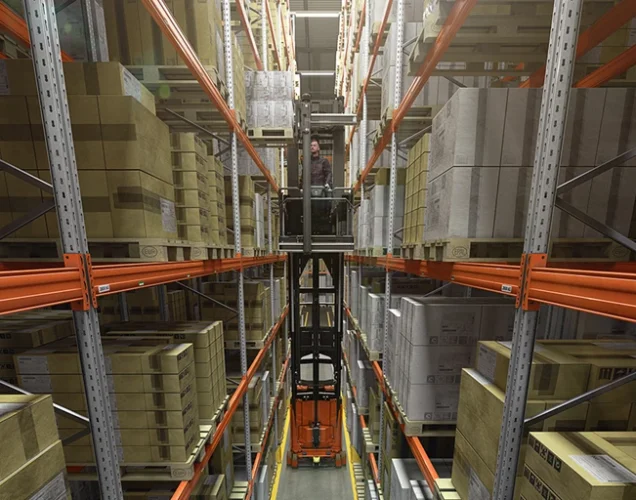The air freight industry is a vital part of the broader logistics sector and an important element of supply chain management for companies in a wide variety of industries. The International Air Transport Association (IATA) recently forecast a rise in total air cargo carried in 2018 to 62.5 million tonnes – an increase from 59.9 million tonnes moved last year. That represents less than 1% of global trade by volume, but over 35% by value. The expected value of goods transported by air is expected to exceed $6.2 trillion this year – equivalent to 7.4% of the world’s GDP.
History of the air freight industry and evolution of services
The first cargo carried by air was in November 1910, when bolts of silk were transported by aeroplane from Dayton to Columbus, Ohio. This was less than seven years after the Wright brothers’ historic first powered flight. By 1914, the United States had started regularly moving post by air, with a more comprehensive airmail service in place by 1925. Within only six years, domestic airmail contracts accounted for 85% of all US airline revenue; 14.8% came from passenger transport and, at that time, only 0.2% from freight transport. World War II brought an explosion in the use of aircraft with, for example, 650,000 tons of cargo moved between India and China in the last four years of the conflict. The modern period of air freight as we know it began in the early seventies, when the launch of door-to-door express package services DHL and Federal Express coincided with the first wide-body jet aircraft entering service.
The world’s biggest ports
Today, airports are vital transportation hubs not just for people, but also for air cargo. The world’s busiest airports for cargo traffic include:
- Europe: Frankfurt Airport, Paris Charles de Gaulle Airport, Amsterdam Airport Schiphol, London Heathrow Airport, Leipzig/Halle Airport, Luxembourg Findel Airport.
- United States: Memphis International Airport, Anchorage International Airport, Louisville International Airport, Los Angeles International Airport, Miami International Airport, O’Hare International Airport.
- Asia: Hong Kong International Airport, Shanghai Pudong International Airport, Incheon International Airport, Dubai International Airport, Narita International Airport, Taiwan Taoyuan International Airport, Singapore Changi Airport
At our group partner, Hemisphere Freight Services in the UK, we work out of London Heathrow and can attest first-hand to how busy it is in terms of freight handling. In 2016 alone, Heathrow handled over one and a half million tonnes of cargo.
The internet, express, same-day and next day parcel delivery impact on air freight
Air freight grew in the 1990s due to the rise of express, same-day and next day parcel delivery being offered by FedEx, UPS, DHL, TNT and more. Since then, it has been influenced by companies like eBay, Amazon and even Uber who provide next day delivery options.
Besides this, technology has also massively impacted the growth of the air freight industry. In 1992, FedEx provided software to its customers so they could track and trace their shipments via the web in order to inform consumers about the route of their packages as well as the anticipated date and time of delivery. As such, this real-time flight data and track and trace have massively increased visibility of the sorting, warehousing and package delivery of products.
Global commerce impact on air freight
However, the growth of the air cargo industry and the increase in air freight service was dominantly influenced by the expansion of global commerce (moving of goods from one country or continent to another). The top three countries by exports in 2018 included:
- China ($2.5 Trillion)
- United States ($1.7 Trillion)
- Germany ($1.6 Trillion)
Sizes of planes and how they have changed over time
The introduction of the Boeing 747 in 1970 heralded a new era of wide-body jet aircraft that facilitated the modern age of air freight. When it made its first cargo flight in April 1972, the 747 – alongside other wide-body craft such as the Lockheed L-1011 and the Douglas DC-10 – was able to carry over two and a half times as much freight as comparable narrow-body planes at the time.
Demand for air freight continues to grow year on year and, based on projections that volumes will more than double by 2035, Boeing projects that the total fleet of freighters worldwide will grow from 1,770 to 3,010 over the same period, including both newly commissioned freighters and passenger-to-freighter conversions.
Air freight needs continue to be met by a variety of aircraft types, including narrow-body aircraft (typical capacity under 45 tons), medium wide-body aircraft (40 to 80 tons), large wide-body aircraft (80 tons plus), and super-transporters such as the recently launched Airbus Beluga XL, which has a massive cargo bay designed specifically to transport outsize assembled aircraft components, such as wings and sections of fuselage.








